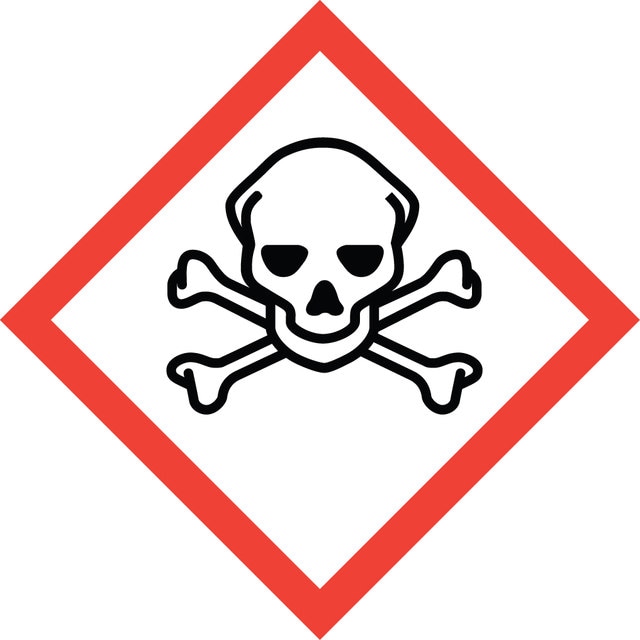Sign In to View Organizational & Contract Pricing
Select a Size
About This Item
Linear Formula:
O2NC6H4NH2
CAS Number:
Molecular Weight:
138.12
Beilstein:
509275
EC Number:
MDL number:
UNSPSC Code:
12352100
PubChem Substance ID:
NACRES:
NA.22
Quality Level
Assay
98%
form
crystals
bp
284 °C (lit.)
mp
70-73 °C (lit.)
SMILES string
Nc1ccccc1[N+]([O-])=O
InChI
1S/C6H6N2O2/c7-5-3-1-2-4-6(5)8(9)10/h1-4H,7H2
InChI key
DPJCXCZTLWNFOH-UHFFFAOYSA-N
Looking for similar products? Visit Product Comparison Guide
Related Categories
Signal Word
Danger
Hazard Statements
Precautionary Statements
Hazard Classifications
Acute Tox. 3 Dermal - Acute Tox. 3 Inhalation - Acute Tox. 3 Oral - Aquatic Chronic 3 - STOT RE 2
Target Organs
Blood
Storage Class Code
6.1A - Combustible acute toxic Cat. 1 and 2 / very toxic hazardous materials
WGK
WGK 3
Flash Point(F)
332.6 °F - closed cup
Flash Point(C)
167.0 °C - closed cup
Personal Protective Equipment
dust mask type N95 (US), Eyeshields, Gloves
Regulatory Information
危险化学品
This item has
Choose from one of the most recent versions:
Already Own This Product?
Find documentation for the products that you have recently purchased in the Document Library.
Yulia S Sotnikova et al.
Talanta, 220, 121400-121400 (2020-09-16)
The properties of chromatographic columns are largely determined by functional groups located on the sorbent surface. For monolithic columns, surface functional groups can be created during synthesis stage or by chemical bonding with the complete surface of the sorbent. One
Weiwei Qin et al.
Journal of chromatography. A, 1432, 84-91 (2016-01-21)
Metal-organic framework (MOF) MIL-100(Fe) with well-defined thickness was homogenously coated onto the outer surface of magnetic microparticles via a liquid-phase epitaxy method. The as-synthesized MIL-100(Fe) was used as stationary phase for high-performance liquid chromatography (HPLC) and separations of two groups
Min-Quan Yang et al.
Nanoscale, 7(43), 18062-18070 (2015-09-26)
Considerable effort has been made to fabricate graphene (GR)/semiconductor composite photocatalysts, by using graphene oxide (GO) as the most widely used precursor of GR, toward an improved efficacy of solar energy conversion. However, thus far, the role of GO in
Our team of scientists has experience in all areas of research including Life Science, Material Science, Chemical Synthesis, Chromatography, Analytical and many others.
Contact Technical Service
